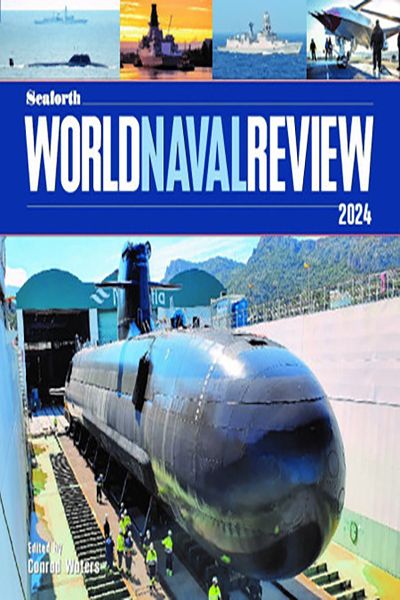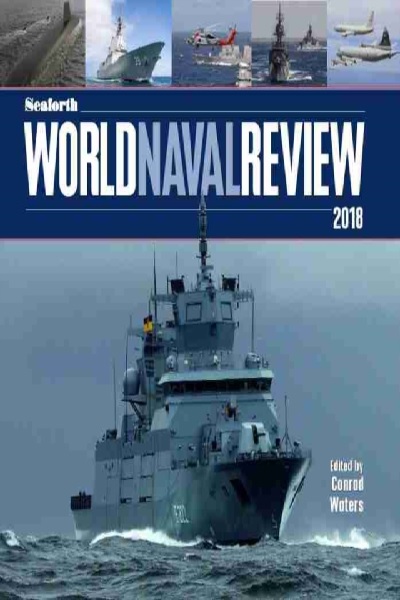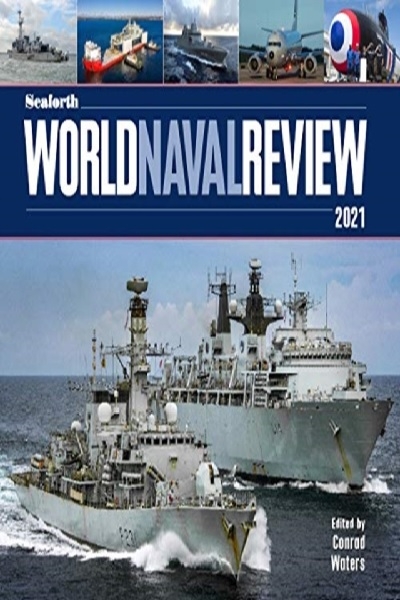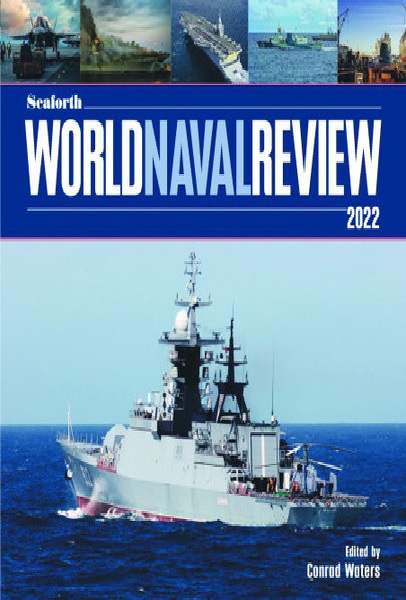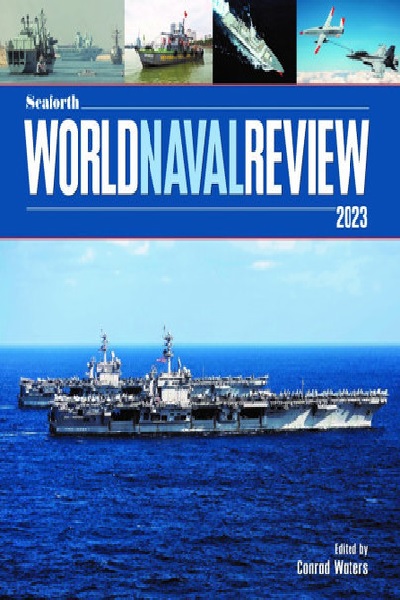For more than a decade this annual volume has provided an authoritative summary of all the developments in the world's navies and their ships in the previous twelve months. It combines regional surveys with major articles on important new warships, and looks at wider issues of significance to navies such as aviation and weaponry. The contributors come from around the globe and as well as providing a balanced picture of naval developments, they interpret their significance and explain their context.
As well as its regular regional reviews, the 2024 volume focusses on three fleets: the Brazilian Navy, the Hellenic Navy and the Royal Navy. There are in-depth articles on the French Auguste Benebig class of overseas patrol vessels, the Indian P15A & P15B Kolkata/Visakhapatnam class destroyers, and the Spanish S-80 Class Isaac Peral class submarines. The third regular section of the volume is devoted to reviews of important technological developments around the world.
David Hobbs looks at aspects of naval aviation and focusses on US unmanned systems. Norman Friedman outlines developments in naval propulsion systems, while Richard Scott analyses the Kongsberg/Raytheon naval strike missile. Now firmly established as the only annual naval overview of its type in the world, The Seaforth World Naval Review is essential reading for professional and enthusiast alike.
'It takes the reader to the heart of contemporary maritime affairs. ' - This is a marvellous asset for those wishing to keep up to date with naval matters. Very highly recommended.
ISBN: 9781399023115
Format: Hardback
Author(s): Conrad Waters
First Publishment Date: 30 October 2023

